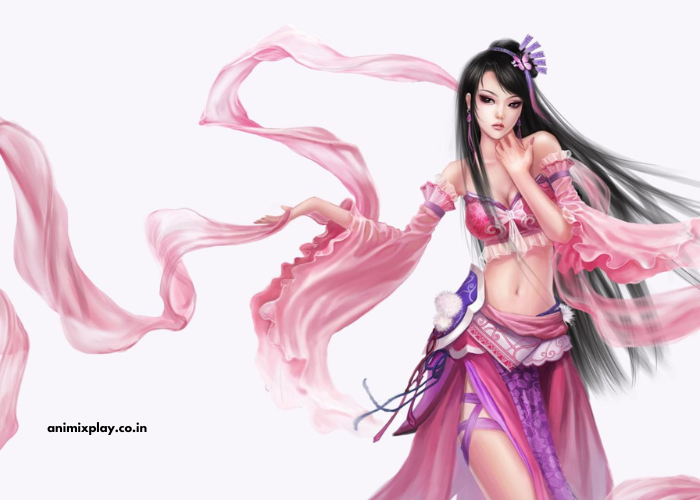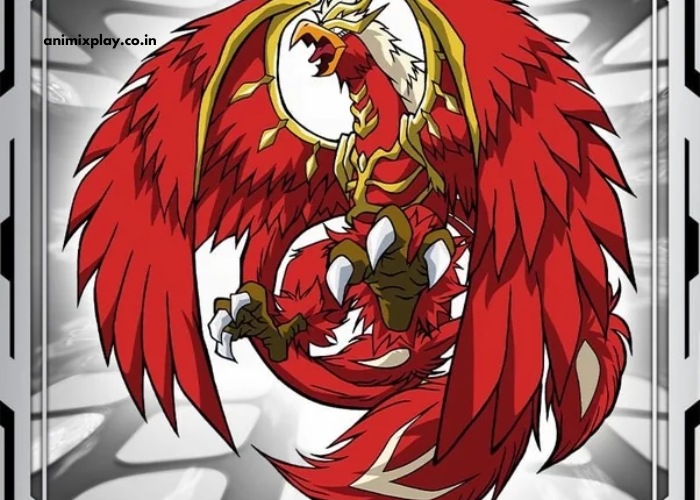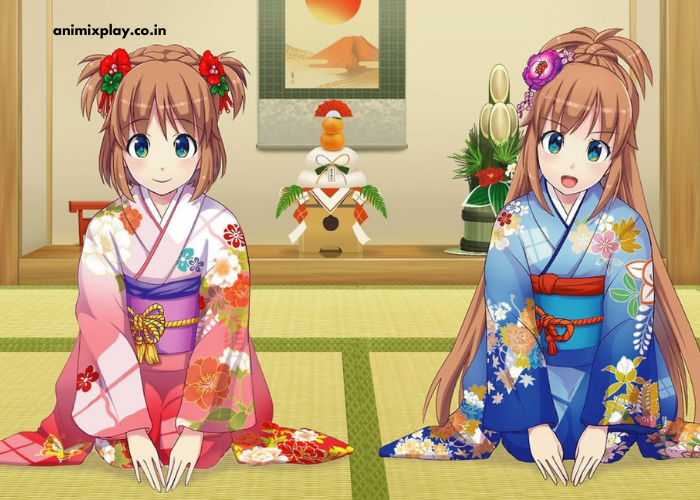Anime, a popular form of entertainment originating from Japan, has seen a significant rise in global popularity. Over the years, the influence of various cultures has been reflected in anime, with Indian culture becoming a noticeable theme. Though Japanese anime typically portrays Japanese traditions and settings, there is a growing trend of anime with Indian influences. These anime take inspiration from Indian mythology, history, and landscapes, and often blend traditional Indian elements with modern storytelling.
This blog post will explore the exciting world of Indian anime, discuss notable examples, and provide an overview of how Indian culture has made its way into anime series and films. Whether you’re an anime enthusiast or just curious about how Indian culture is integrated into this medium, this guide is for you.
Key Points:
- Indian Mythology is a Popular Influence: Many anime shows draw inspiration from Indian mythology and historical figures.
- Fusion of Cultures: Indian anime often blends traditional Indian themes with Japanese animation styles.
- Unique Setting and Visuals: The use of Indian settings and landscapes adds an exciting twist to the visual storytelling of anime.
How Does Indian Mythology Influence Anime?
Indian mythology has played a significant role in inspiring anime creators. Themes and characters from ancient Indian epics, such as the Mahabharata and the Ramayana, have been adapted into modern anime. These epic tales, full of rich characters, mystical creatures, and grand battles, provide the perfect foundation for creating intriguing anime plots.
For example, Rama: The Legend, an anime film, is directly based on the Ramayana. The film features elements from the Hindu epic, such as the heroic journey of Lord Rama and the battle between good and evil. The anime showcases Indian gods, demons, and mythological beings, bringing the essence of Indian storytelling to the anime format.
Are There Any Popular Indian Anime Shows?
While Indian anime is still a relatively new concept compared to traditional Japanese anime, several series and films have explored Indian themes and settings. Some notable examples include:
- “The Legend of Hanuman”: A 3D animated series produced by Disney+ Hotstar, The Legend of Hanuman tells the story of Lord Hanuman, a revered figure in Hindu mythology. The series follows his journey and highlights themes such as devotion, strength, and courage.
- “Ramayana: The Epic”: Released in 2010, this animated film is based on the Ramayana. It brings to life the story of Lord Rama’s quest to rescue his wife, Sita, from the demon king Ravana. The animation is beautifully done, and the film incorporates traditional Indian music and visuals.
- “Chhota Bheem”: While not exactly an anime, Chhota Bheem is an Indian animated series that blends elements of Indian culture and folklore. The series follows a young boy named Bheem and his adventures in the fictional town of Dholakpur. It incorporates Indian mythology and is beloved by children across the country.
Reminder: Not all shows with Indian settings are classified as anime, but they still capture the essence of Indian culture.
What Are the Visual and Artistic Features of Indian-Inspired Anime?
Indian-inspired anime often showcases visually stunning landscapes, traditional attire, and intricate details that represent Indian culture. From the vibrant colors of Indian festivals to the majestic landscapes of the Himalayas, these anime bring Indian imagery to life in a way that resonates with audiences familiar with the culture.
For example, the character design in shows like The Legend of Hanuman incorporates Indian attire such as dhotis, saris, and turbans, and the background designs often feature traditional Indian architecture like temples, palaces, and mountains. The use of Indian musical instruments and traditional sounds in the score adds to the authenticity of the setting.
How Has Indian Anime Gained Popularity Worldwide?
The growth of global streaming platforms has allowed Indian anime to reach international audiences. Shows like The Legend of Hanuman are available on popular platforms such as Disney+ Hotstar, making them accessible to viewers worldwide. The universal appeal of Indian mythology and the rise of cultural exchange in media have contributed to the popularity of these anime shows.
Moreover, the fusion of Indian culture with Japanese animation styles has attracted anime fans looking for something different. Indian anime’s unique blend of traditional storytelling, spirituality, and action has garnered a loyal fanbase outside of India as well.
Note: With the rise of streaming platforms and cultural exchange, Indian-inspired anime is likely to grow in popularity in the coming years.
How Does Indian Anime Compare to Traditional Japanese Anime?
While Japanese anime has a distinct style characterized by its detailed artwork, expressive characters, and diverse themes, Indian anime often stands apart in terms of its themes, cultural context, and visual design. The use of Indian mythology, religious figures, and the focus on spiritual growth are key differences that set Indian anime apart from its Japanese counterparts.
In terms of visual style, Indian anime tends to feature more intricate and vibrant color schemes, inspired by the rich cultural diversity of India. While Japanese anime might focus on futuristic cities or post-apocalyptic worlds, Indian anime often highlights rural landscapes, temples, and traditional architecture, grounding the stories in a more spiritual and historical context.
Below is a comparison between Indian anime and traditional Japanese anime:
| Feature | Indian Anime | Japanese Anime |
| Cultural Influence | Indian mythology, folklore, and traditions | Japanese culture, folklore, and legends |
| Visual Style | Vibrant, intricate, inspired by Indian art | Simplified, minimalist, and diverse |
| Themes | Spiritual growth, heroism, mythology | Various, including fantasy, sci-fi, slice of life |
| Target Audience | Primarily Indian, with growing global appeal | Global, all ages, diverse genres |
Conclusion
Indian-inspired anime is a fascinating blend of cultural traditions and modern animation styles. These anime shows bring Indian mythology, history, and spirituality to life, offering a fresh perspective for anime fans. From adaptations of epic tales like the Ramayana to modern animated series such as Chhota Bheem, Indian anime showcases the richness of Indian culture in a way that is both entertaining and educational.
As more global platforms embrace Indian culture, we can expect more anime series to feature Indian settings, creating a unique crossover between Indian and Japanese animation. Whether you’re a longtime fan of anime or someone new to the genre, exploring Indian-inspired anime offers a fresh and exciting way to experience anime storytelling.
FAQ’s
1. What is Indian anime?
Indian anime refers to anime shows or films that are inspired by Indian culture, mythology, and traditions. These shows often incorporate elements from Indian history, legends, and religious stories.
2. Is The Legend of Hanuman considered an anime?
While The Legend of Hanuman is a 3D animated series, it is not technically an anime in the traditional sense, as it is produced in India. However, it is heavily inspired by Indian mythology and incorporates a similar style of animation.
3. Are there any other Indian anime shows besides Chhota Bheem?
Yes, other Indian-inspired anime shows include Ramayana: The Epic and The Legend of Hanuman. These shows explore Indian mythology and showcase Indian cultural elements.
4. How is Indian anime different from Japanese anime?
Indian anime often incorporates Indian mythology, religion, and culture, while Japanese anime tends to focus on Japanese folklore, futuristic settings, and diverse genres. Indian anime also has a distinct visual style inspired by traditional Indian art.
5. Can I watch Indian anime on global streaming platforms?
Yes, several Indian-inspired anime shows are available on global streaming platforms such as Disney+ Hotstar. You can watch them from anywhere in the world.




